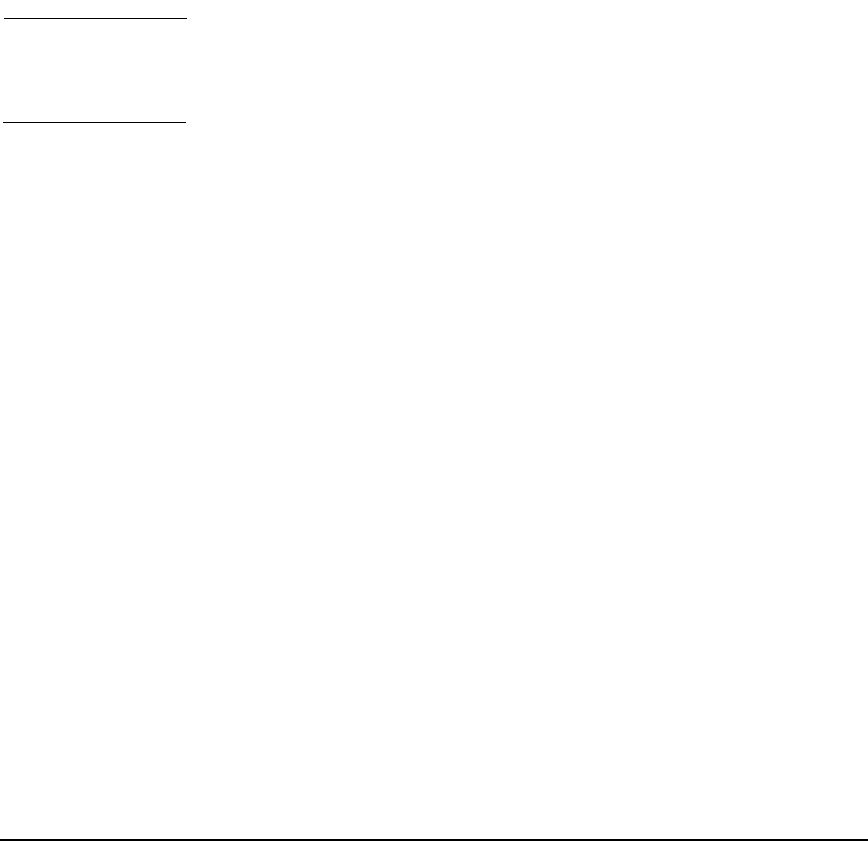HP-UX IPFilter A.03.05.13 Administrator's Guide: HP-UX 11i v3
Table Of Contents
- HP-UX IPFilter Version A.03.05.13 Administrator's Guide
- Legal Notices
- Table of Contents
- Preface: About This Document
- 1 Installing and Configuring HP-UX IPFilter
- Overview of HP-UX IPFilter Installation
- Step 1: Checking HP-UX IPFilter Installation Prerequisites
- Step 2: Loading HP-UX IPFilter Software
- Step 3: Determining the Rules for IPFilter
- Step 4: Adding Rules to the Rules Files
- Step 5: Loading IPFilter and NAT Rules
- Step 6: Verifying the Installation and Configuration
- Kernel Tunable Parameters
- Supported and Unsupported Interfaces
- Troubleshooting HP-UX IPFilter
- 2 HP-UX IPFilter on HP-UX 11i Version 3
- 3 Rules and Keywords
- IPFilter Configuration Files
- Basic Rules Processing
- IPFilter Keywords
- pass and block: Controlling IP Traffic
- in and out: Bidirectional Filtering
- quick: Optimizing IPFilter Rules Processing
- on: Filtering by Network Interfaces
- from and to: Filtering by IP Addresses and Subnets
- log: Tracking Packets on a System
- proto: Controlling Specific Protocols
- opt and ipopts: Filtering on IP Options
- icmp-type: Filtering ICMP Traffic by Type
- port: Filtering on TCP and UDP Ports
- keep state: Protecting TCP, UDP, and ICMP Sessions
- flags: Tight Filtering Based on TCP Header Flags
- keep frags: Letting Fragmented Packets Pass
- with frags: Dropping Fragmented Packets
- with short: Dropping Short Fragments
- return-rst: Responding to Blocked TCP Packets
- return-icmp: Responding to Blocked ICMP Packets
- dup-to: Drop-Safe Logging
- NAT Keywords
- 4 Dynamic Connection Allocation
- 5 Firewall Building Concepts
- Blocking Services by Port Number
- Using Keep State
- Using Keep State with UDP
- Using Keep State with ICMP
- Logging Techniques
- Improving Performance with Rule Groups
- Localhost Filtering
- Using the to
- Creating a Complete Filter by Interface
- Combining IP Address and Network Interface Filtering
- Using Bidirectional Filtering Capabilities
- Using port and proto to Create a Secure Filter
- 6 HP-UX IPFilter Utilities
- 7 HP-UX IPFilter and FTP
- 8 HP-UX IPFilter and RPC
- 9 HP-UX IPFilter and IPSec
- 10 HP-UX IPFilter and Serviceguard
- A HP-UX IPFilter Configuration Examples
- B HP-UX IPFilter Static Linking
- C Performance Guidelines
- Index

Dynamic Connection Allocation
DCA Rule Modifications
Chapter 466
2. Run the following command to switch the active rules file with the
inactive rules file you modified:
ipf -s
When you modify an inactive rules file, then switch it with an active
rules file, DCA processes new connections according to the new rules file
whether or not there are existing connection limit entries in the limit
table.
TIP For performance-critical applications, HP recommends that you load
rules into the inactive list, then switch the inactive rules file with the
active rules file.
Updating keep limit Rules
The following sections describe procedures for updating keep limit
rules.
Changing the Current Individual, Subnet, or IP Address Range
Rule
You can dynamically lower the number of connections a keep limit rule
allows without letting DCA pass unwanted packets while it activates the
updated rules. You can also increase the connection limit for an IP
address, subnet, or IP address range.
For example, your IPFilter system has many connections coming from a
specific IP address range. You have a keep limit rule configured for
that IP address range. You want to lower the connection limit in the rule
so that DCA starts using the new limit immediately, before more packets
from the suspect IP address range can pass through.
To change the number of connections allowed by a keep limit rule:
1. Create a new rule identical to the current rule except for a different
keep limit count.
When adding a new rule, IPFilter recognizes it as the update of an
existing rule. Current limit entries made by the old rule are updated
with the new connection limit when a new connection is processed.
New connections are processed with the new rule.










